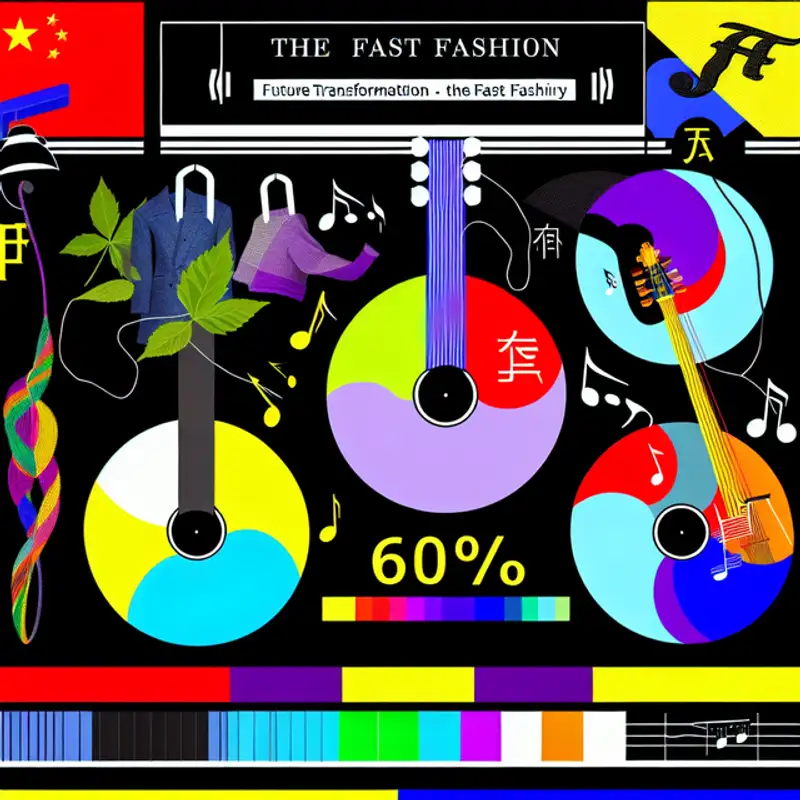 Episode
Episode
· 02:17
Sure! Here’s a podcast-ready summary and breakdown of the Fast Company article “Could Trump’s tariffs kill fast fashion?”
🎙️ Fast Fashion vs. Tariffs: What’s Stitching the Future?
The return of Trump-era tariffs could stitch a whole new pattern into the fashion industry—and fast fashion might be the first casualty. A proposed 60% tariff on Chinese imports would hit low-cost clothing particularly hard, forcing retailers like Shein, Temu, and even Walmart to raise prices. That could finally shake the foundations of ultra-cheap, disposable fashion, nudging shoppers toward buying fewer, better-quality items instead. As Fast Company puts it, “Fast fashion relies on the ability to manufacture affordable garments abroad at a massive scale.” But if tariffs make that model unaffordable, the future of fashion might be slower, more sustainable—and more expensive.
🧵 Key Takeaways:
🧶 The Big Picture:
While the intent of the tariffs is political and nationalistic—aimed at “decoupling from China”—their effects could ripple through the trend-driven, price-sensitive world of fast fashion. Industry analysts and eco-conscious designers are watching closely to see whether economics can finally force fashion to slow down.
Stay tuned. The next decade of style might be built less on trends—and more on tariffs.
Link to Article
Listen to jawbreaker.io using one of many popular podcasting apps or directories.